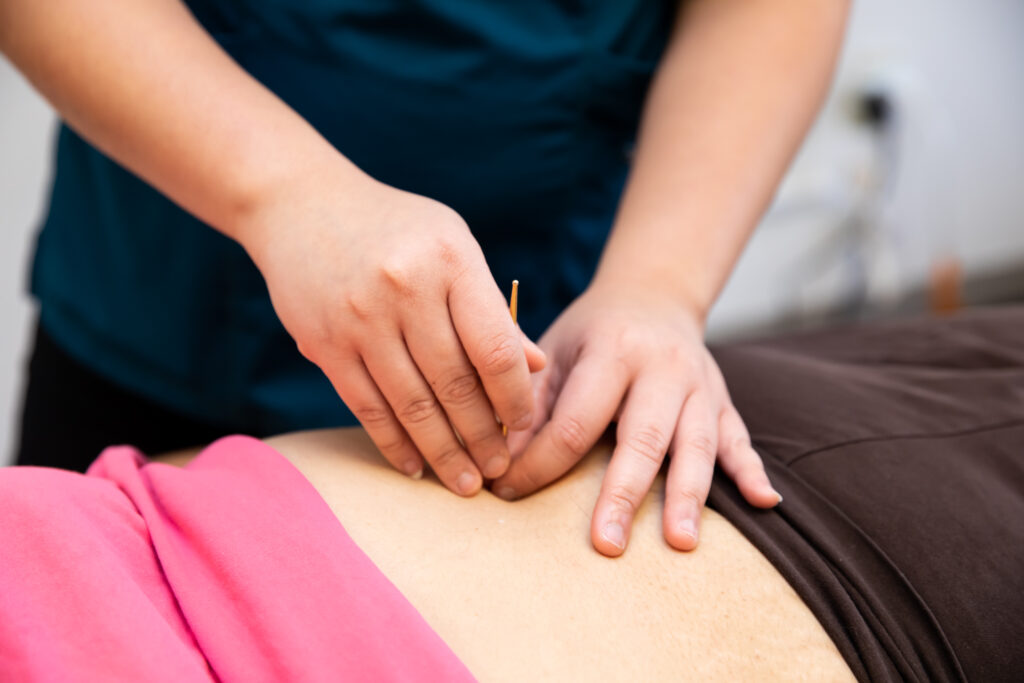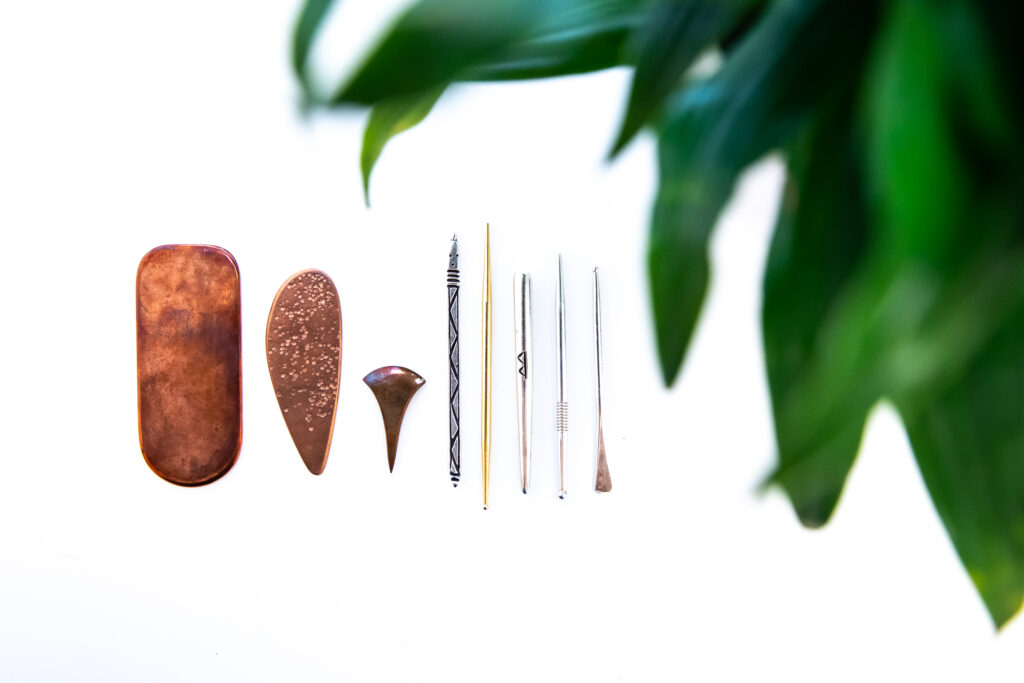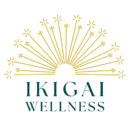japanese-style
ACUPUNCTURE
What if I told you: you can receive an acupuncture treatment and never have a single needle inserted?
Acupuncture & herbal medicine was brought over from China to Japan about 1400 years ago. Knowledge and skills of Classical Chinese Medicine were shared between the two countries until Japan closed itself off from the world for 200 years in 1635. During this time, the medicine began to evolve differently in each country. In Japan, acupuncture became a trade that was practiced by primarily blind people. For hundreds of years, these blind Japanese acupuncturists used their highly refined sense of touch to facilitate positive changes in their patients.
Because of the nature of the practice by blind acupuncturists, the Japanese-style has often been considered as a gentle style of acupuncture. Treatments are highly intuitive and calming for the nervous system, allowing healing to happen within the body naturally.
Differences in style
Some major differences between TCM and TJM styles of acupuncture include:
The use of the non-inserted needles & tools (pictured): to stimulate acupuncture points through touch, gentle pressing or stroking. With training, these non-inserted needles are equally effective as inserted needles.
“Less is more.” If needles are inserted, we select fewest points that make the most positive change in the body.
Unlike Chinese style needle techniques which can be aggressive and deep, Japanese style needle techniques are typically shallower and are not retained for prolonged periods of time.
It is important for us to be aware of how the body is reacting to treatments during the course of the session. With such a touch-based style, your provider seldom leaves the room as most TCM providers do for the majority of the session.


Who benefits?
Needles inserted into the skin can be too stimulating, physically or energetically. Japanese-style acupuncture allows acupuncture to be accessible to all, regardless of conditions or sensitivity. As such, persons who are likely to benefit from this style of acupuncture include those who are:
- young children or elderly
- empaths or highly sensitive persons
- have multiple chronic illnesses
- are sensitive to pain (eg. fibromyalgia)
- Anxious to be left alone with needles for extended periods
- Needle-phobic
- Curious and open to change
